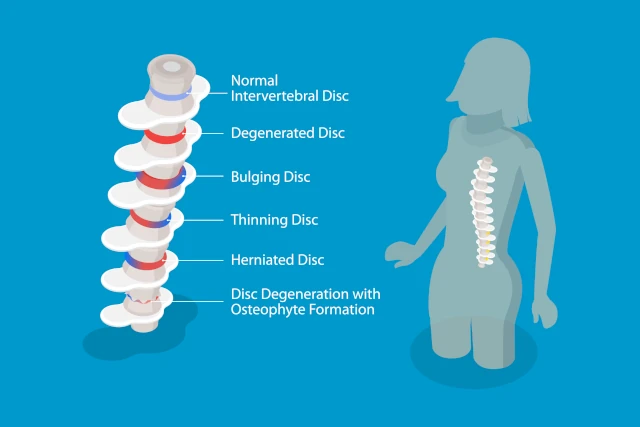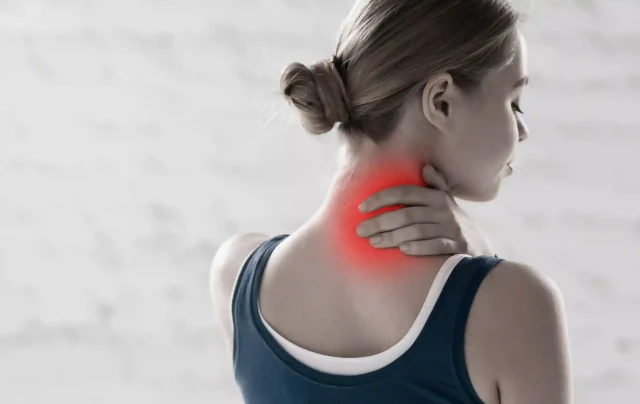
Colles Fracture vs. Smith Fracture: Types of Wrist & Radius Fractures (Symptoms & Treatment)
- Dr. Aishwarya Mehta (MPT)
Connect with our expert physiotherapist for personalized physiotherapy advice.
Wrist fractures are among the most common orthopedic injuries, with Colles and Smith fractures being the two primary types affecting the distal radius (the end of the forearm bone near the wrist). Understanding the differences between these fractures—along with their symptoms, treatment options, recovery process, and the crucial role of physiotherapy—can help patients achieve optimal healing and regain full wrist function.
What Are Colles and Smith Fractures?
Colles Fracture
- Definition: A dorsally displaced fracture of the distal radius (broken wrist bone bent backward).
- Common Cause: Falling on an outstretched hand (FOOSH injury).
- Who is at Risk? Older adults (osteoporosis-related), athletes, and active individuals.
Smith Fracture
- Definition: A volar (palmar) displaced fracture (broken wrist bone bent forward).
- Common Cause: Falling onto a flexed wrist or direct impact to the back of the hand.
- Who is at Risk? Younger individuals (high-impact trauma), motorcyclists, and construction workers.
Key Difference:
- Colles Fracture: Wrist bends backward(dinner fork deformity) .
- Smith Fracture: Wrist bends forward (garden spade deformity) .
Symptoms of Wrist & Radius Fractures
Both fractures share similar symptoms, but the deformity direction differs:
- Severe wrist pain & swelling
- Visible deformity (Colles = backward bulge; Smith = forward bulge)
- Difficulty moving the wrist or hand
- Bruising & tenderness
- Numbness/tingling (if nerve compression occurs)
Diagnosis & Medical Treatment
Diagnosis:
- Physical Exam: Checking deformity, swelling, and range of motion.
- X-ray: Confirms fracture type and displacement.
- CT/MRI (if needed): For complex fractures or ligament damage.
Medical Treatment Options:
A) Non-Surgical Treatment (for stable fractures)
- Closed Reduction: Doctor realigns bones without surgery.
- Cast/Splint: Worn for 4-6 weeks to immobilize the wrist.
B) Surgical Treatment (for displaced/unstable fractures)
- ORIF (Open Reduction Internal Fixation): Plates/screws hold bones in place.
- External Fixation: Pins outside the skin stabilize the fracture.
Recovery Timeline & Healing Process
- Week 1-2: Immobilization (cast/splint), pain management, and swelling control.
- Week 3-6: Gentle movement begins (if cleared by a doctor).
- Week 6-12: Progressive strengthening and mobility exercises.
- 3+ Months: Full recovery (varies based on severity).
Best Physiotherapy Treatment for Wrist Fracture Recovery
Physiotherapy is essential to restore strength, flexibility, and function after a wrist fracture.
Early Stage (Weeks 1-6):
- Edema Management: Elevation, compression, and gentle massage.
- Passive Range of Motion (PROM): Therapist moves the wrist gently.
- Finger & Shoulder Exercises: Prevents stiffness in nearby joints.
Mid-Stage (Weeks 6-12):
- Active Range of Motion (AROM): Wrist flexion/extension, pronation/supination.
- Light Strengthening: Theraband exercises, grip strengthening.
- Scar Mobilization (if post-surgery): Soft tissue work to reduce stiffness.
Late Stage (3+ Months):
- Progressive Resistance Training: Weights, resistance bands.
- Functional Training: Restoring daily activities (writing, lifting).
- Proprioception & Coordination: Balance and fine motor skills.
Preventing Future Wrist Fractures
- Wrist guards for high-risk activities (skating, biking).
- Calcium & Vitamin D for bone health (especially in osteoporosis).
- Fall prevention strategies (balance exercises, home safety).
Conclusion
Both Colles and Smith fractures require prompt medical attention, proper immobilization, and structured physiotherapy for full recovery. Early rehab helps prevent stiffness, weakness, and long-term complications. If you have suffered a wrist fracture, consult a physiotherapist to ensure the best possible outcome.
Connect with our expert physiotherapist for personalized physiotherapy advice.



